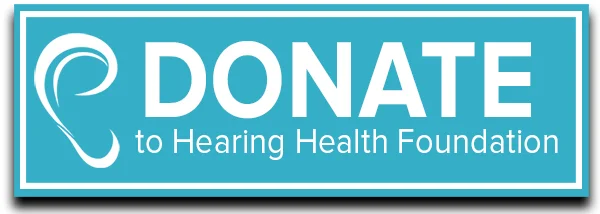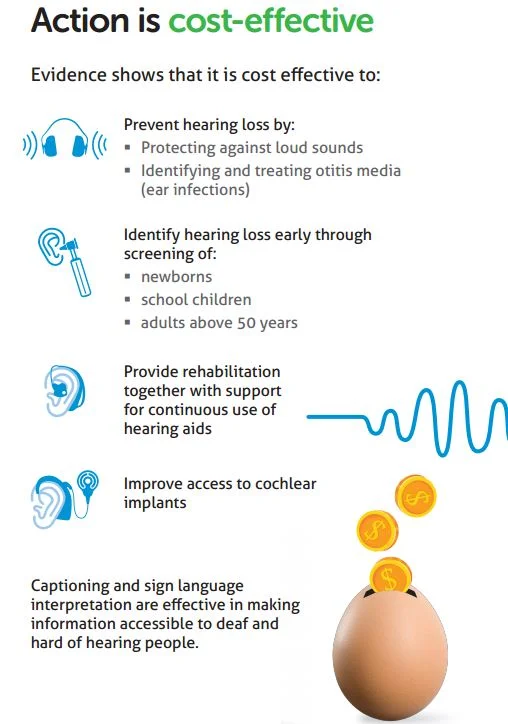By Nadine Dehgan
Hearing Health Foundation (HHF) is delighted to welcome Bob Shannon, Ph.D., and Ruth Anne Eatock, Ph.D., to our Board of Directors. Their unwavering commitment toward advancing research to better understand hearing loss and its associated disorders make Drs. Shannon and Eatock perfect additions to our leadership team.
Dr. Robert Shannon is a research professor of otolaryngology at the University of Southern California’s Keck School of Medicine with over four decades of experience in researching auditory perception and psychoacoustics. He also serves as an editor and reviewer for several prominent scientific journals and funding agencies and has published more than 100 scientific articles on his research. Most recently Dr. Shannon has been a primary investigator on research studies that advance the technology and effectiveness of the auditory brainstem implant (ABI), an auditory prosthesis for people who have a non-functioning auditory nerve. The ABI is the first device approved by the Food and Drug Administration for prosthetic electrical stimulation of the human brainstem.
“I initially got involved with HHF (then DRF) by joining the Science Review Committee, to ensure the high quality of the research proposals, and later joined the Council of Scientific Trustees,” said Dr. Shannon. “Now I look forward to continued service on the HHF Board of Directors to have an integral role in pushing the Foundation’s research efforts forward.”
Dr. Ruth Anne Eatock is a professor of neurobiology and the dean of Faculty Affairs for the Biological Sciences Division at the University of Chicago. She trained at McGill, Caltech, the Massachusetts Eye and Ear Infirmary, and MIT, and has held academic positions in otolaryngology and neuroscience departments at University of Rochester, Baylor College of Medicine, and Harvard. She has experience mentoring students, fellows and clinical scientists in sensory processing by the inner ear, reviewing federal and private grant applications, editing and reviewing research papers, and organizing hearing research meetings. These experiences have given her a broad appreciation of the progress and goals driving our diverse hearing research community.
Dr. Eatock notes: “My first independent grant was a Deafness Research Grant (now known as Emerging Research Grants), so I am well aware of the importance of such seed funding in helping new investigators establish themselves and advance hearing research.”
HHF is excited to have Drs. Bob Shannon and Ruth Anne Eatock as new members of our Board of Directors and we look forward to their contributions toward HHF’s mission. Please join us in giving them both a warm welcome!













